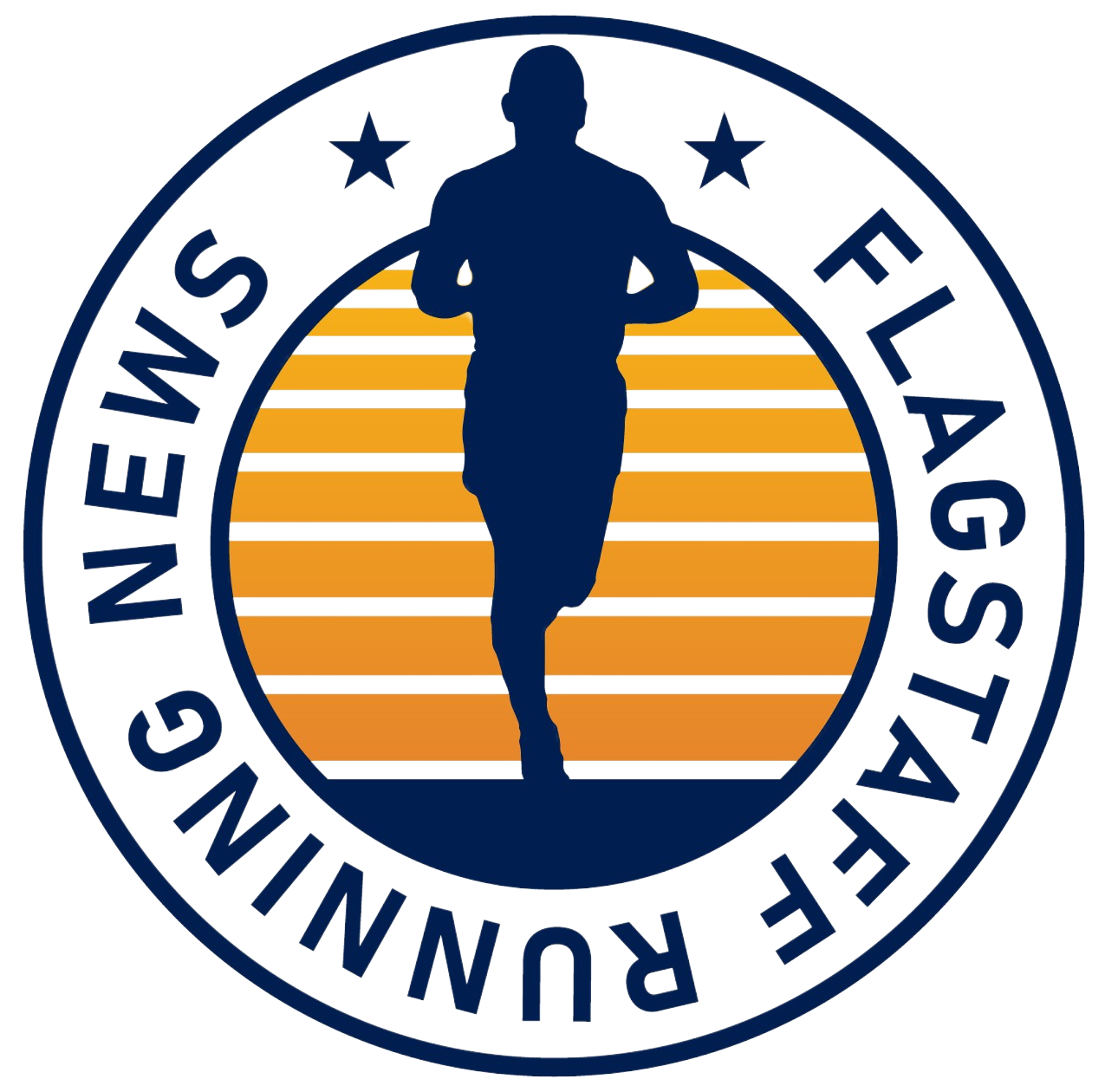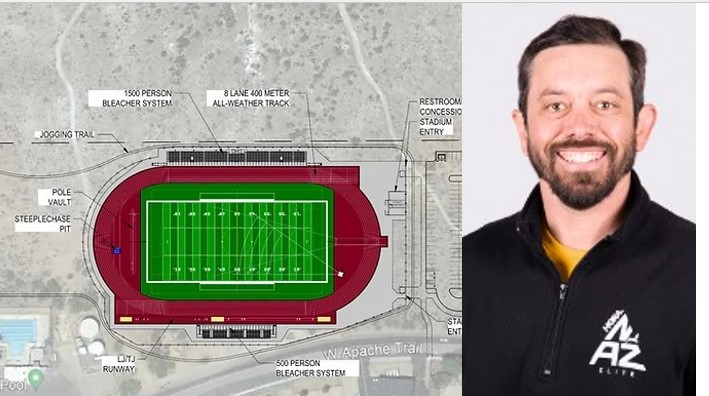Runners – professional and dedicated recreational types – relish making the one-hour drive down the mountain once or twice a week to Camp Verde (elevation: 3,147 feet) for workouts on the flat, fast roads next to ranch houses teeming with horses, cows and a menagerie of other critters.
But what if there was a fully functioning track in the verdant community freeway-close off Interstate 17, open to the public and pro teams alike?
Wouldn’t that make life a lot easier for the various shoe-sponsored teams based in Flagstaff that employ the “live high, train low” approach?
And wouldn’t it be nice to not have to battle traffic, tourists and the switchbacks on Highway 89A to get to Sedona’s Red Rock High (4,360 feet elevation) or even farther away at Mingus High in Cottonwood (3,314 feet elevation)?
Indeed, it would. And Hoka NAZ elite executive director Ben Rosario and other stakeholders are trying to turn that what-if into a reality.
Rosario announced this week the formation of a nonprofit, Camp Verde 4 Community (CV4C), whose goal in Rosario’s words is “to get a public track built right across the street from the high school, a track that would be completely open to the public, including during school hours.”
Already, Rosario said, he has buy-in from administrators and coaches from Camp Verde High School, which is crucial in securing accessibility to the track by adults and teams during the day.
There has been, after all, a lot of tension about having pros descend upon the Red Rock High School track in Sedona, especially after the big stink that was raised in February of 2022, when Sedona school officials temporarily closed the track to outsiders after what was dubbed “Poopgate” – instances of athletes going under the bleachers to defecate during workouts.
We don’t want to stir up the, well, you know about that infamous episode – not exactly distance running’s finest hour. No doubt, even if a Camp Verde track were built, some might still want to use Sedona Red Rock.
But the way Rosario outlined the Camp Verde proposal in an email to stakeholders sounds promising – and not just because there will be restrooms built as well. Rosario said the open land adjacent to Camp Verde High has been surveyed, and approval has been reached by the school district and representative of the Yavapai-Apache Nation.
“If/when we get the funding, we will break ground, ideally in 2025,” Rosario reported.
In his email pitch sent to team sponsors, pro athletes and other interested parties, Rosario said the only obstacle that might derail the project is lack of funds. So he is eliciting donations not just from the shoe brands that sponsor teams in Flagstaff (Hoka, Under Armour, Puma and, starting in 2025, Nike) but runners and other individuals and area businesses.
Rosario estimates that construction of the track itself will be $1 million but that the total cost of the project, which he said “includes bleachers, bathrooms, lights and a couple of other community wellness pieces (such as) pickleball courts, a splash pad, a half-mile dirt trail,” will cost $2.5 million.
He was quick to add that the facility won’t just be a workout space for elites parachuting in Flagstaff — and, in the run-up to the 2028 Olympics in Los Angeles, the world — for workouts.
“The track will also play a much-needed role in the lives of the Camp Verde middle and high schoolers who still, in 2024, do not have an all-weather track to train on,” Rosario wrote. “Finally, the track will also encourage health and wellness in the overall Camp Verde community, serve as a home to Special Olympics events, and provide a new football and soccer field/stadium for the middle and school.”
Click here to donate to the project.
Click here for the nonprofit’s website to learn more about the initiative.


Leave a Reply